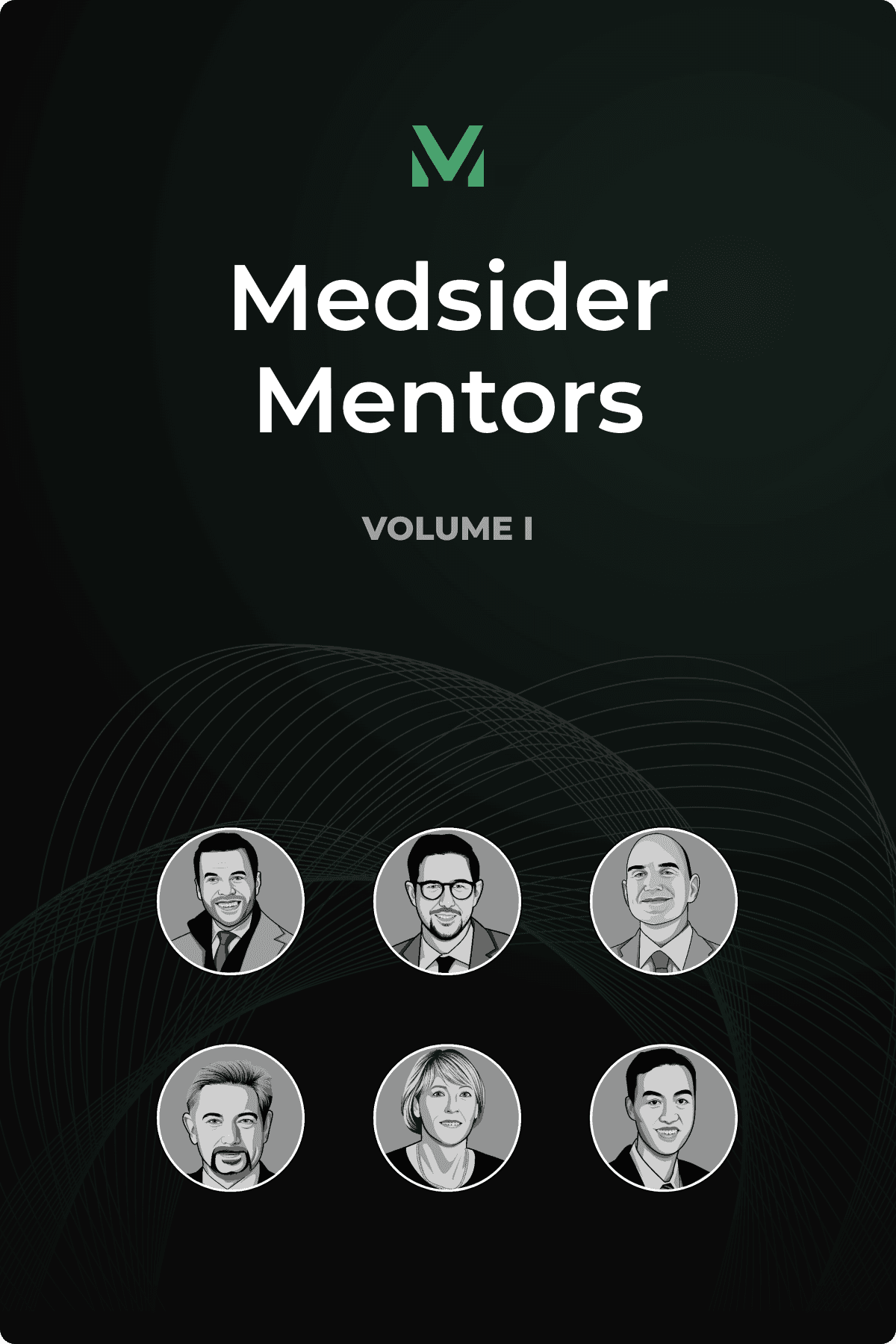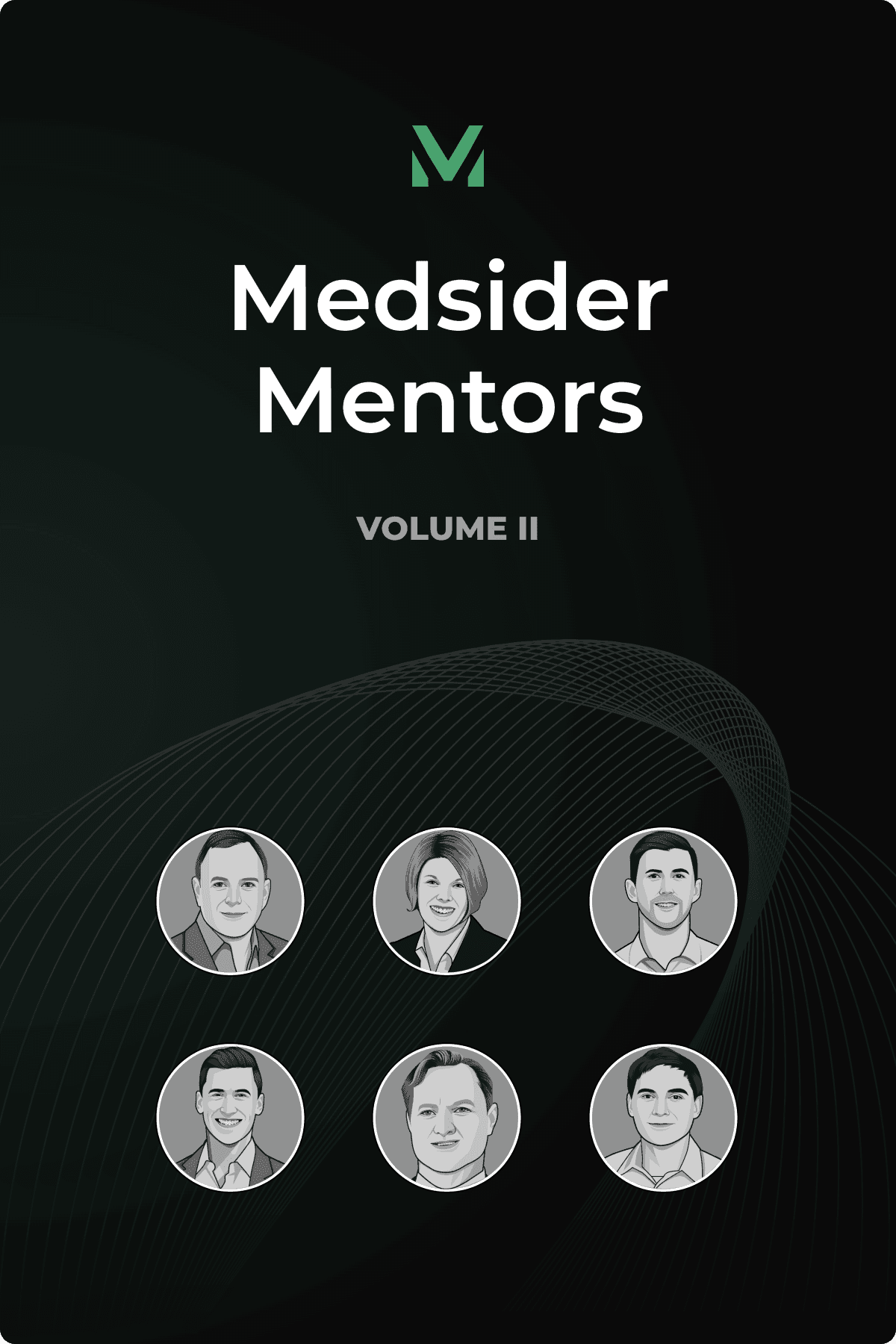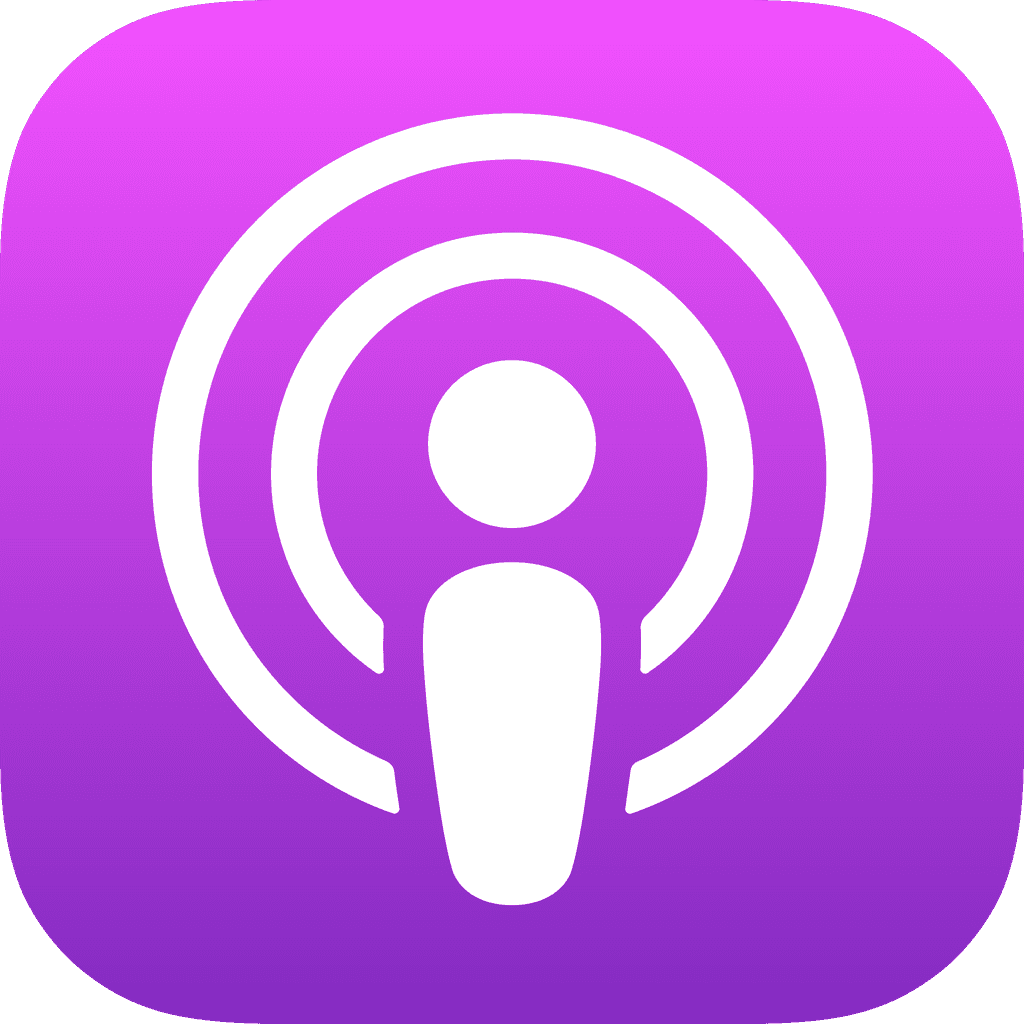Why Great Data Isn’t Enough to Drive Adoption
Interview with Adagio Medical CEO Todd Usen

Key Learnings From Todd's Experience
Make usability a cornerstone of your commercialization strategy. Todd’s go-to-market advice centers on more than clinical performance: understand where procedures are done, how the device fits into real-world workflows, and who’s actually using it. A product that’s hard to set up or disliked by staff won’t get used — even with great data. His approach: focus early launches on high-fit sites, prioritize intuitive setup for rotating teams, and design something people want to pull off the shelf — even when the rep isn’t in the room.
Make breakthrough status work for you — by anchoring it to the relevant problem. Todd sees breakthrough designation not as a symbolic milestone, but as a strategic asset. The value of breakthrough starts before you apply — by choosing a clinical need where your tech truly stands apart. When you align your regulatory strategy with that focused application, breakthrough can amplify your position and pave the way for future reimbursement gains.
Tie your fundraising campaigns to measurable milestones — and show how each dollar drives progress. In today’s medtech landscape, raising money means more than selling a vision; it means proving how that vision gets de-risked. Investors are entering later and demanding traction upfront, so your job is to connect the dots. Define the problem, quantify the market, and show exactly how this round of funding unlocks value.
How do you know when a medtech company is positioned for breakthrough success? For Todd Usen, the answer came down to a series of compelling data points that aligned in ways he'd rarely seen during his three-decade career in medical technology.
When Adagio Medical came calling, Todd wasn't actively seeking his next CEO role. After serving as president at top-tier medical device companies like Boston Scientific, Smith & Nephew, and Olympus, followed by successful stints leading venture-backed startups, he was content with board work and selective opportunities.
But Adagio presented something different: a solution addressing a real, underserved problem rather than technology searching for an application.
The electrophysiology company's ultra-low temperature cryoablation technology (ULTC) caught Todd's attention for treating ventricular tachycardia (VT) — patients who, as Todd puts it, "are very, very sick" but had been overshadowed by the attention and innovation directed toward atrial fibrillation (A-Fib). While A-Fib has benefited from a wave of treatment innovation and sustained R&D investment, patients with VT have largely been left with medication as their primary option. But recent clinical data suggests that improved ablation technology could shift it from second-line to first-line therapy for VT treatment, fundamentally expanding the market opportunity.
The data points that sealed Todd's decision were compelling: Adagio already held European approval based on clinical studies, giving the company a two-year head start on competitors. The technology was the first purpose-built VT ablation catheter, designed specifically for the unique challenges of ventricular procedures rather than repurposing A-Fib catheters. The company was progressing toward FDA review and had strong backing from Perceptive Advisors, one of the industry's most respected private equity firms.
Perhaps most importantly, the technology addressed critical clinical needs — allowing physicians to perform effective ablation from inside the heart rather than requiring the more complex epicardial approach that many doctors prefer to avoid.
Todd made the decision to officially join as CEO of the publicly-traded company in December 2024 and is applying lessons learned from both large strategics and early-stage startups to guide Adagio through its pivotal U.S. clinical trial and commercial readiness.
You May Like These Articles
Medsider Premium
Become a premium member and unlock access to exclusive Medsider benefits.



